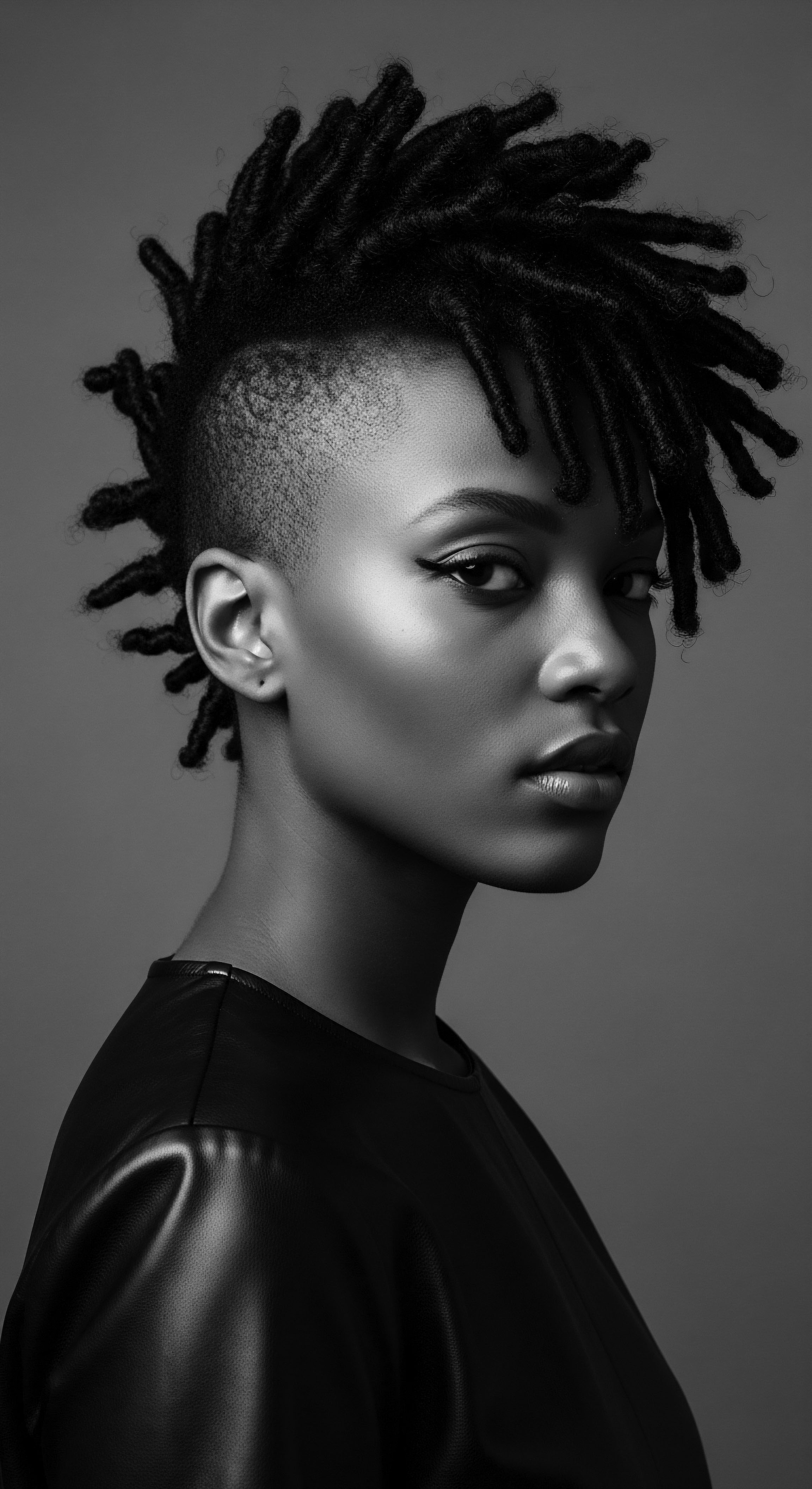
Fundamentals
The concept of Textured Hair Safety, at its most fundamental, refers to the deliberate practices and thoughtful approaches undertaken to preserve the health, integrity, and inherent beauty of textured hair. This encompasses a spectrum of hair types, from waves to coils, often associated with individuals of Black and mixed-race heritage. It is an understanding that these unique hair structures possess distinct needs and vulnerabilities, requiring specific methods to prevent damage, breakage, and scalp irritation.
Consider, for a moment, the simplest act of covering one’s hair before slumber. This seemingly small gesture, the donning of a satin bonnet or the resting upon a silk pillowcase, is a foundational act of Textured Hair Safety. It safeguards the delicate strands from the friction of coarser fabrics, which can otherwise lead to dryness and fracturing. This basic principle of protection, of creating a gentle haven for the hair, echoes ancestral wisdom that understood the value of preserving one’s crown.
Textured Hair Safety is the intentional safeguarding of coily, kinky, and wavy hair, ensuring its health and resilience through practices rooted in a profound understanding of its unique structure and heritage.
Historically, Textured Hair Safety has been a lived practice, passed down through generations. Before the widespread availability of modern hair products, communities relied on natural elements and meticulous techniques. For instance, in many parts of Africa, the use of natural butters, herbs, and powders served to retain moisture, acting as early forms of protective conditioning. These were not merely cosmetic applications; they were integral to the hair’s survival in diverse climates and environments, speaking to an innate understanding of what the hair needed to thrive.
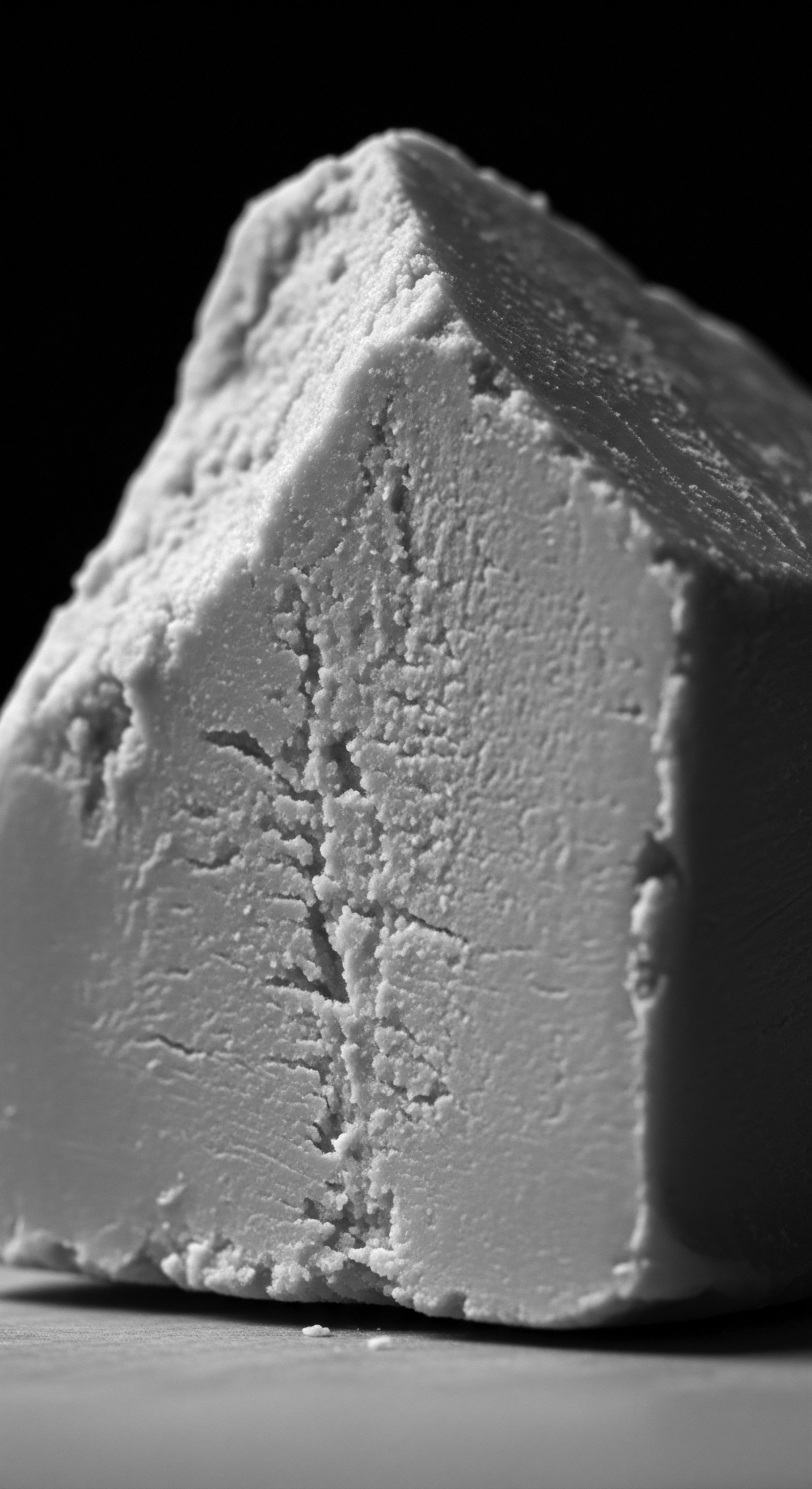
Foundational Elements of Hair Preservation
The pursuit of Textured Hair Safety begins with an appreciation for the intrinsic characteristics of textured strands. These strands, often possessing an elliptical cross-section and a greater number of twists and turns along their length, are inherently more prone to dryness and breakage compared to straight hair. Each curve in a coil represents a potential point of vulnerability, where moisture can escape and stress can accumulate.
- Moisture Retention ❉ The bedrock of Textured Hair Safety involves maintaining optimal hydration. Ancestral practices often involved the liberal application of natural oils and butters, like shea butter or coconut oil, which created a protective barrier against moisture loss.
- Gentle Manipulation ❉ Aggressive combing, tight styling, or excessive heat can compromise the hair’s structure. The wisdom of slow, deliberate detangling, often with wide-toothed implements, is a cornerstone of this safety.
- Protective Styling ❉ Styles that tuck away the hair’s ends and minimize daily handling are paramount. Braids, twists, and Bantu knots, styles with roots stretching back millennia, serve this purpose by offering “safety in numbers” for delicate strands.
Understanding these fundamental aspects of Textured Hair Safety means recognizing that it is not a trend, but a timeless discipline. It is a continuous dialogue between the hair’s inherent nature and the care it receives, a dialogue shaped by centuries of communal knowledge and personal discovery.
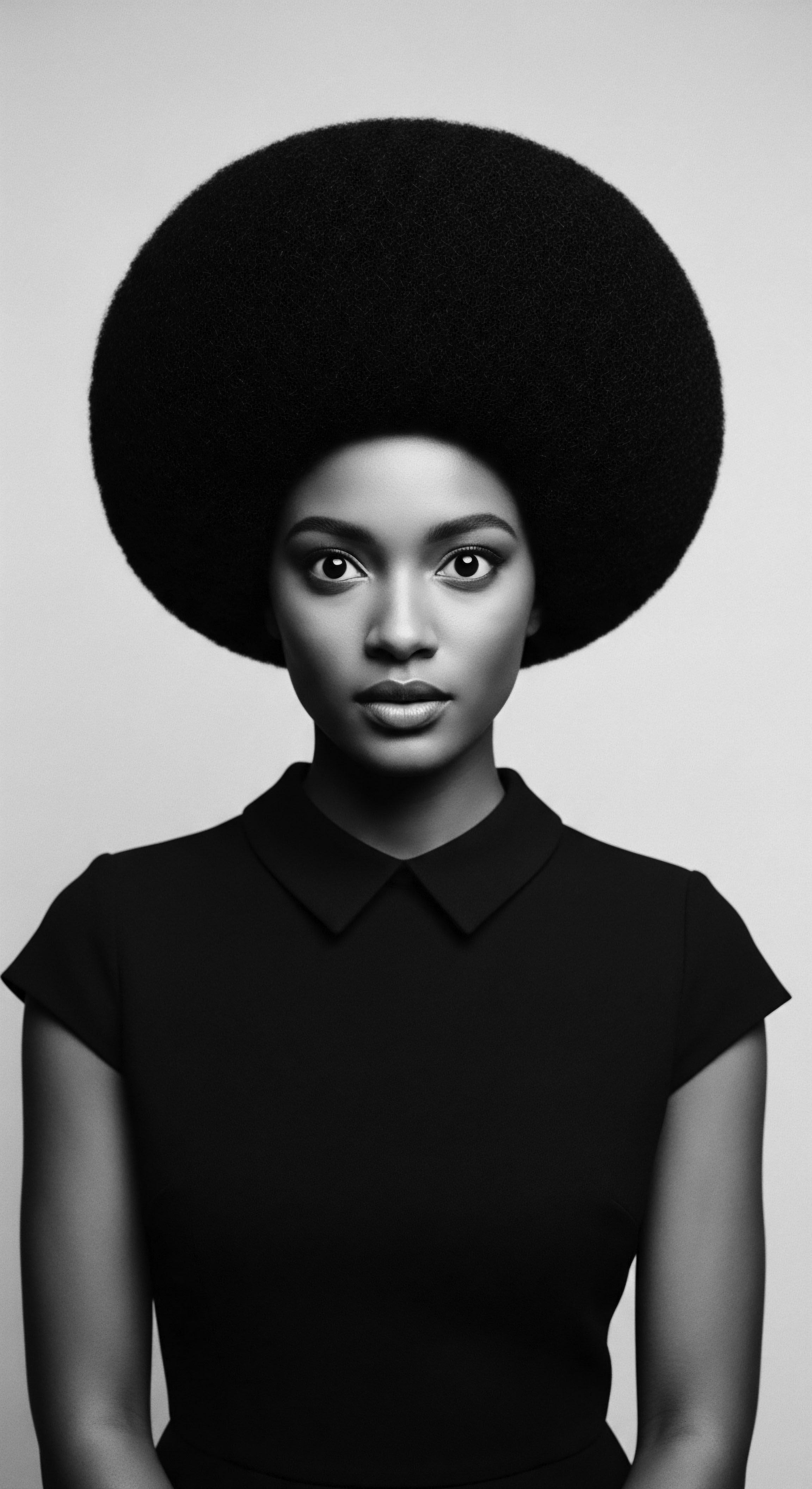
Intermediate
Expanding upon the foundational principles, Textured Hair Safety at an intermediate level involves a deeper discernment of how environmental factors, styling choices, and product formulations interact with the unique biology of textured hair. It moves beyond basic protection to a more strategic application of knowledge, recognizing that safety is a dynamic process influenced by historical contexts and evolving practices. The historical understanding of Textured Hair Safety is not merely an academic exercise; it is a lens through which we comprehend the enduring resilience and adaptability of Black and mixed-race hair traditions.
Consider the era of the Transatlantic Slave Trade, a period when the very essence of Black identity, including hair, was brutally assaulted. Enslaved Africans were often forced to shave their heads, a deliberate act designed to strip them of their cultural markers and humanity. Yet, even in the face of such profound dehumanization, acts of hair preservation persisted.
Enslaved women, resourceful and determined, braided seeds and rice into their hair, not only as a means of survival but as a silent, powerful act of preserving their heritage and preparing for escape. This profound historical example underscores that Textured Hair Safety has always been intertwined with survival, identity, and resistance.
The journey of Textured Hair Safety through history reveals not just adaptation to adversity, but a tenacious preservation of identity and cultural wisdom.

The Tender Thread ❉ Historical Contexts of Care
The legacy of Textured Hair Safety is woven into the fabric of daily life, extending beyond mere aesthetics. It speaks to a communal care, a shared responsibility for maintaining the health of one’s hair and, by extension, one’s spirit.
In pre-colonial African societies, hair styling was far more than superficial adornment; it served as a sophisticated visual language. Styles communicated social status, marital status, age, wealth, and even tribal affiliation. The meticulous processes involved in creating these intricate styles, often taking hours and involving communal gatherings, inherently incorporated elements of Textured Hair Safety. The slow, deliberate movements, the application of natural emollients, and the very nature of protective styles like cornrows and Bantu knots, all contributed to the hair’s well-being while simultaneously broadcasting vital social information.
The impact of colonial imposition and the subsequent denigration of Black hair led to a complex relationship with hair care. The pressure to conform to Eurocentric beauty standards often meant resorting to harsh chemical straighteners, which, while achieving a desired aesthetic, frequently compromised hair health. This era highlights a painful tension ❉ the desire for acceptance versus the inherent need for Textured Hair Safety. The natural hair movement, gaining prominence in the 1960s and re-emerging powerfully in the 2000s, represents a conscious return to practices that prioritize hair health and cultural affirmation over imposed standards.
The term ‘protective style’ itself is a testament to this historical understanding. These styles—braids, twists, locs, and their many variations—are designed to minimize manipulation and exposure to environmental stressors, thereby reducing breakage and promoting length retention.
| Historical Period Pre-Colonial Africa (e.g. 3500 BCE) |
| Traditional Practices & Significance Braiding & Twisting ❉ Used for identification, social status, and spiritual connection. Utilized natural butters and herbs for moisture. |
| Modern Parallels & Insights Protective Styling ❉ Braids, twists, and locs continue to be vital for minimizing manipulation and retaining moisture, often using natural ingredients. |
| Historical Period Slavery & Post-Slavery Eras |
| Traditional Practices & Significance Covering & Concealment ❉ Hair often shaved or hidden due to forced assimilation and discriminatory laws (e.g. Tignon Laws). Coverings provided some protection from elements. |
| Modern Parallels & Insights Satin/Silk Protection ❉ The use of satin bonnets and pillowcases echoes the historical need to protect delicate strands from harsh fabrics and environmental damage, ensuring moisture retention. |
| Historical Period 20th Century (Post-Civil Rights) |
| Traditional Practices & Significance Natural Hair Movement (1960s) ❉ Afro became a symbol of Black pride and resistance against Eurocentric beauty norms, prioritizing natural texture. |
| Modern Parallels & Insights Ingredient Scrutiny ❉ Increased awareness of harmful chemicals (e.g. in relaxers) leads to a preference for gentle, nourishing formulations that support the hair's natural state. |
| Historical Period This table illustrates the enduring principles of Textured Hair Safety, revealing how ancestral wisdom continues to inform contemporary care. |

Academic
The academic delineation of Textured Hair Safety transcends simple care instructions, positioning it as a complex, socio-historical construct inextricably linked to the lived experiences of individuals with textured hair, particularly within the Black and mixed-race diaspora. This understanding requires a rigorous examination of elemental biology, the anthropology of beauty practices, and the profound psychological and cultural implications of hair discrimination. The meaning of Textured Hair Safety, therefore, is not merely a set of protocols, but a deeply embedded cultural imperative, a statement of resilience, and a continuous negotiation with societal perceptions. It is a concept that demands an appreciation for its multi-layered significance, its sense of historical continuity, and its profound connotation of self-preservation.
From a scientific standpoint, the unique helical structure of textured hair, characterized by its elliptical cross-section and numerous twists, contributes to its propensity for dryness and fragility. These structural characteristics mean that the natural oils produced by the scalp, sebum, struggle to travel down the hair shaft as effectively as they do on straighter strands. This inherent biological reality necessitates deliberate moisturizing and protective measures.
This is why the ancestral practice of regularly oiling the scalp and hair, using substances like shea butter or palm oil, was not merely a ritual; it was a biochemically sound strategy for mitigating dryness and enhancing the hair’s elasticity and strength. This traditional wisdom, often dismissed by colonial narratives, finds its scientific validation in contemporary trichology, highlighting a continuity of knowledge across centuries.
One might consider the pervasive impact of hair discrimination, a phenomenon deeply rooted in historical prejudices against textured hair. Ayana Byrd and Lori Tharps, in their seminal work, Hair Story ❉ Untangling the Roots of Black Hair in America, meticulously chronicle how Black hair has been a battleground for identity and acceptance, from the forced shaving of heads during slavery to the legal battles against hair discrimination in modern workplaces and schools. The CROWN Act, enacted in several U.S. states, represents a contemporary legislative effort to codify Textured Hair Safety, specifically prohibiting discrimination based on hair texture and protective styles.
This legal development is not merely a modern convenience; it is a direct response to centuries of systemic bias that weaponized hair texture to create and enforce social hierarchies. The very necessity of such legislation underscores the profound societal forces that have historically undermined Textured Hair Safety, transforming what should be a personal choice into a political statement.
The historical weaponization of textured hair, from forced shaves during enslavement to modern-day discrimination, underscores the profound societal imperative behind Textured Hair Safety as a practice of self-affirmation.
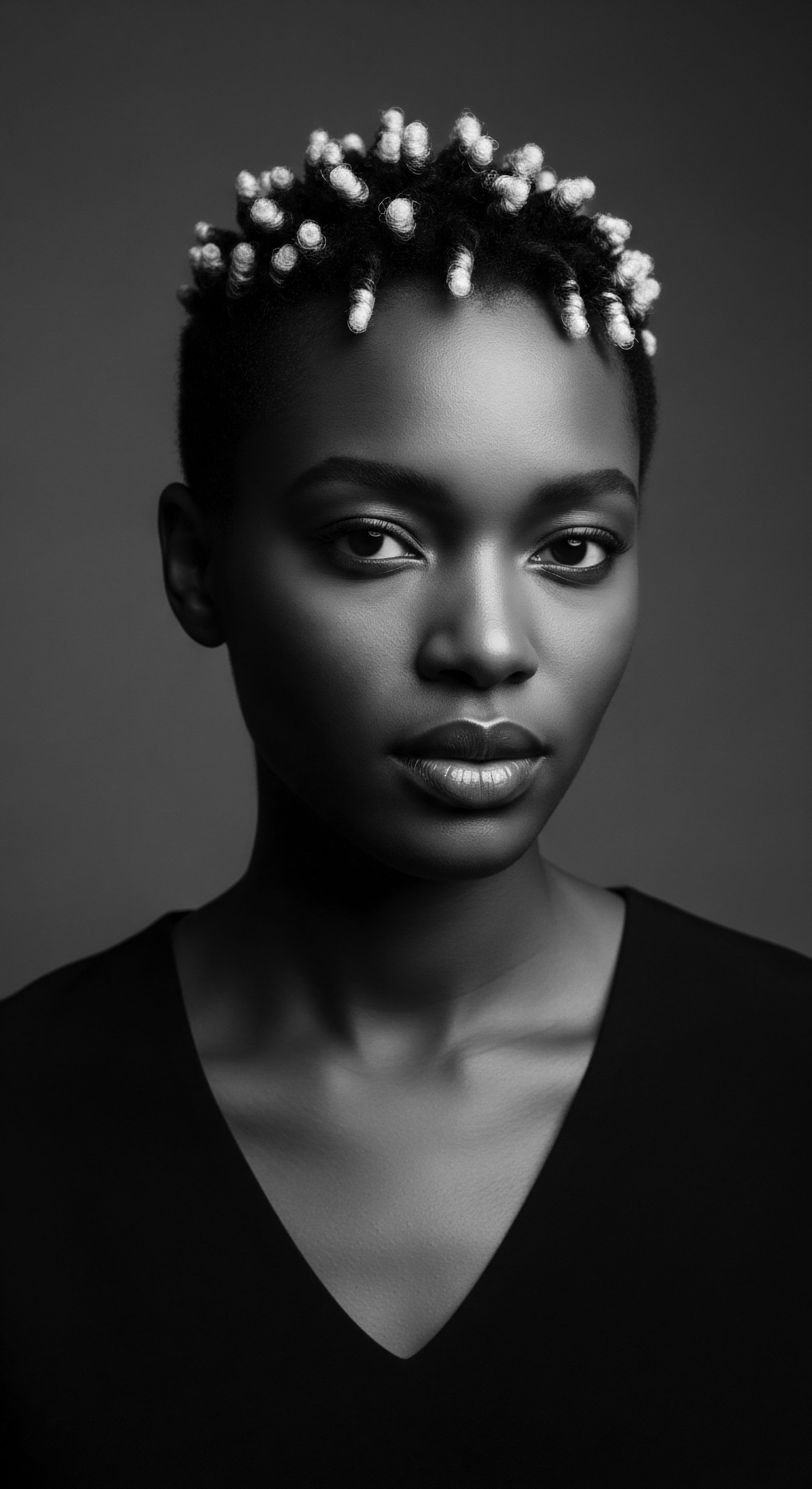
The Unbound Helix ❉ Interconnectedness of Hair, Identity, and Well-Being
The meaning of Textured Hair Safety extends into the realm of psychological well-being. For individuals with textured hair, particularly Black women, hair is often described as a crown, a direct link to heritage and identity. The continuous societal pressure to alter natural hair textures to conform to Eurocentric beauty standards has historically led to adverse psychological effects, including diminished self-esteem and internalized negativity.
The act of prioritizing Textured Hair Safety, therefore, becomes an act of self-love, a reclamation of ancestral pride, and a defiance of oppressive beauty norms. It is a recognition that the physical health of the hair is intrinsically linked to the mental and emotional health of the individual.
Furthermore, the economic implications of Textured Hair Safety are significant. The market for textured hair care products has historically been underserved or exploited, with many products containing harsh chemicals that promised straightness at the expense of hair health. The rise of the natural hair movement has spurred a demand for healthier, more culturally appropriate products, leading to a vibrant industry focused on natural ingredients and gentle formulations. This shift not only supports hair health but also creates economic opportunities within communities that have long understood the specific needs of textured hair.
The explication of Textured Hair Safety also demands a critical look at the role of communal knowledge transfer. Before formal scientific studies, generations of Black women and men perfected intricate hair care rituals. These rituals, often performed in communal settings, served as a powerful mechanism for transmitting knowledge about ingredients, techniques, and the cultural significance of various styles.
The oral traditions and embodied wisdom of these practices represent a rich archive of Textured Hair Safety principles, predating and often informing modern scientific understanding. The systematic study of ethnobotany, for instance, reveals how indigenous communities across Africa utilized specific plants for their emollient, cleansing, or strengthening properties, directly contributing to hair vitality.
The continuous dialogue between traditional knowledge and scientific inquiry is crucial for a holistic understanding of Textured Hair Safety. Modern dermatological research, for example, now provides evidence-based recommendations for the care of textured hair, often validating practices that have been in place for centuries.
- Low-Manipulation Styling ❉ The consistent recommendation for protective styles like braids, twists, and locs is scientifically supported, as they reduce mechanical stress and environmental exposure, thereby minimizing breakage and promoting length retention.
- Moisture-Centric Regimens ❉ The emphasis on regular moisturizing, often through leave-in conditioners, oils, and deep conditioning treatments, directly addresses the inherent dryness of textured hair, preventing brittleness and fracture.
- Minimizing Heat and Chemical Exposure ❉ Modern science confirms the damaging effects of excessive heat and harsh chemical treatments on the disulfide bonds and keratin structure of textured hair, aligning with the movement away from relaxers and towards natural hair acceptance.
The scholarly pursuit of Textured Hair Safety thus involves an interdisciplinary approach, drawing from history, anthropology, sociology, and the biological sciences. It seeks to understand not just how to care for textured hair, but why this care has been a profound act of cultural preservation and personal affirmation throughout history. The delineation of Textured Hair Safety is, at its heart, an acknowledgement of a legacy of resilience, innovation, and enduring beauty.
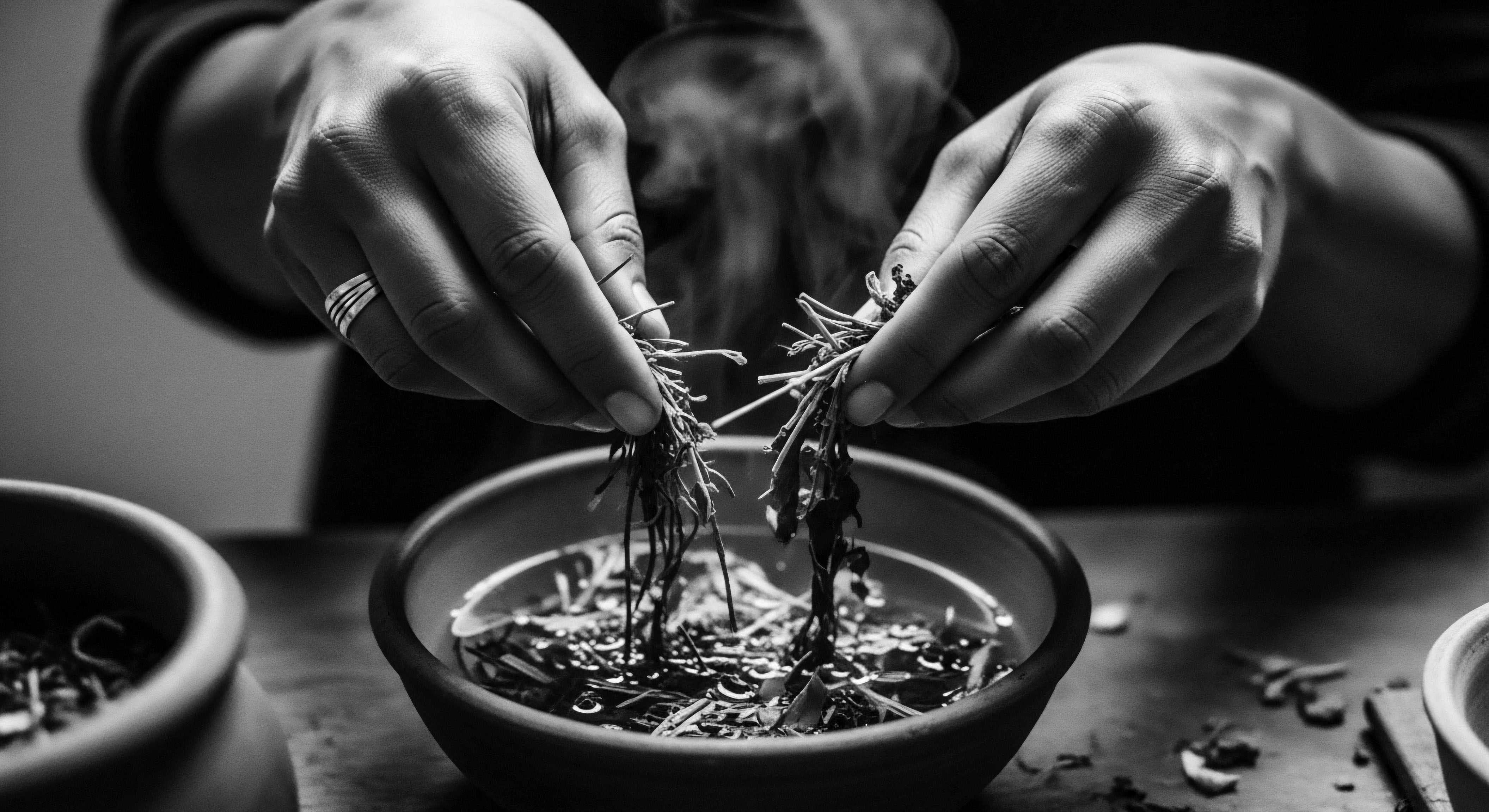
Reflection on the Heritage of Textured Hair Safety
As we conclude this exploration of Textured Hair Safety, it becomes clear that its meaning extends far beyond mere cosmetic concern. It is a living testament to the enduring spirit of individuals with textured hair, particularly those of Black and mixed-race descent. The journey of Textured Hair Safety, from the ancestral hearths where hair was meticulously adorned and cared for as a symbol of identity and spiritual connection, to the contemporary movements advocating for its recognition and protection in law, is a profound narrative of resilience.
The very act of nurturing textured hair, of understanding its unique needs and honoring its natural inclinations, is a profound act of remembering. It is a gentle whisper across generations, acknowledging the wisdom of those who, despite immense adversity, preserved traditions of care. Each coil and curl holds within it echoes of the source, a genetic blueprint shaped by millennia, and a cultural story passed down through tender hands.
The future of Textured Hair Safety is not simply about new products or techniques; it is about deepening our reverence for this heritage, ensuring that the next generation inherits not just healthy hair, but a profound sense of pride in its ancestral story. The unbound helix, therefore, symbolizes not just the physical structure of textured hair, but the infinite possibilities that arise when we allow its heritage to guide our care, setting free its true, inherent splendor.
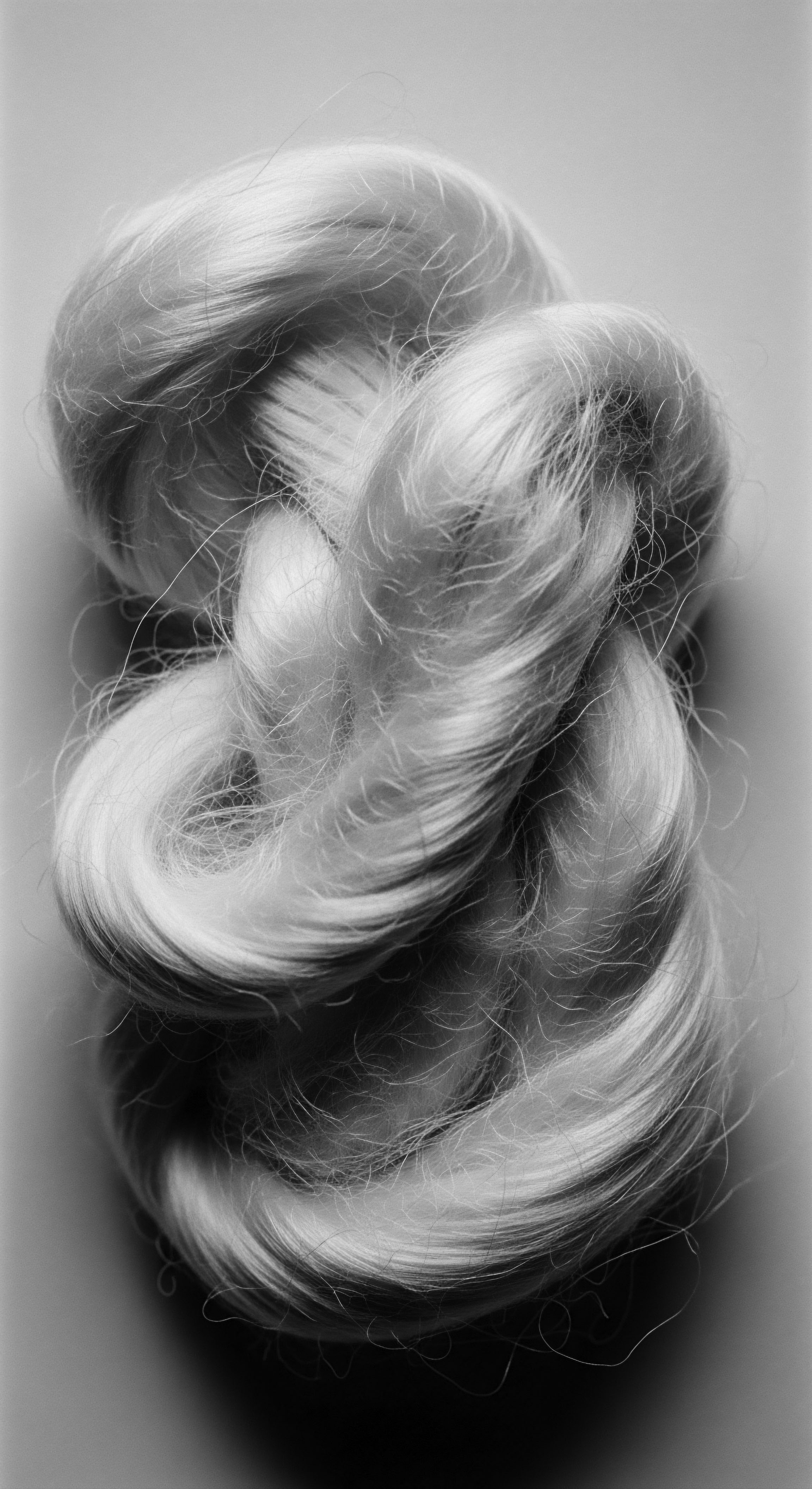
References
- Byrd, A. D. & Tharps, L. L. (2001). Hair Story ❉ Untangling the Roots of Black Hair in America. St. Martin’s Press.
- Davis-Sivasothy, A. (2011). The Science of Black Hair ❉ A Comprehensive Guide to Textured Hair Care. Sivasothy Hair LLC.
- Hope, R. O. (2016). African American Hair ❉ A History of Style, Culture, and Identity. Rowman & Littlefield.
- Johnson, D. W. (2002). Hair in African Art and Culture. The Museum for African Art.
- Mercer, K. (1994). Welcome to the Jungle ❉ New Positions in Cultural Studies. Routledge.
- Patton, T. O. (2006). Our Own Kind of Beautiful ❉ The Politics of Black Women’s Hair. Rutgers University Press.
- Porter, M. (2008). The Social Construction of Black Hair. Black Issues Book Review.
- Tharps, L. L. (2016). Kinky Gazpacho ❉ Life, Love & Spain. Atria Books.
- Walker, A. (2006). The Color Purple. Harcourt Brace Jovanovich.
